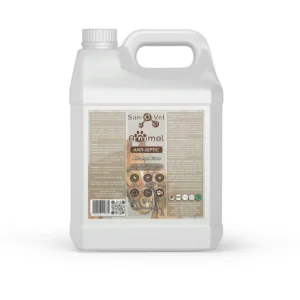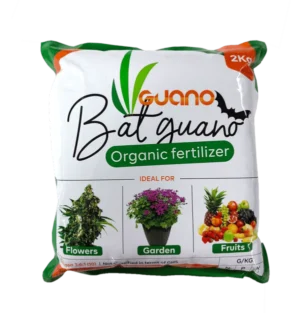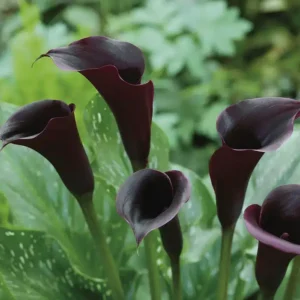‘Zambesi’ is a stunning Oriental lily with large, fragrant white blooms. Perfect for adding elegance and fragrance to your garden or as a cut flower.
Lilium Oriental Trumpet ‘Zambesi’ – Planting & Care Guide
Add height, fragrance, and elegance to your summer garden with this striking hybrid lily.
Lilium Oriental Trumpet ‘Zambesi’ is a tall, statuesque lily producing large, trumpet-shaped blooms in soft, creamy white with a delicate fragrance. A favourite for garden beds, large containers, and cut flower arrangements, ‘Zambesi’ is easy to grow and a dramatic focal point in any garden.
1. Best Growing Conditions
Climate:
-
Thrives in cool to temperate regions with mild to moderate summers
-
Perfect for Western Cape, Eastern Cape, Gauteng, and parts of KwaZulu-Natal
-
Tolerates light frost and requires a cool winter dormancy to flower successfully
☀️ Sunlight:
-
Prefers full sun to partial shade (minimum 6 hours of sun daily)
-
Afternoon shade is helpful in warmer coastal regions
Soil Requirements:
-
Rich, well-draining loamy or sandy soil enriched with compost
-
pH range: 6.0–6.8 (slightly acidic to neutral)
-
Improve heavy clay soils with compost and coarse sand for proper drainage
2. Planting Lilium ‘Zambesi’ Bulbs
When to Plant:
-
Autumn (April–May) or Early Spring (August–September)
-
Blooms from December to February
Depth & Spacing:
-
Plant bulbs 15–20 cm deep and 25–30 cm apart
-
Deep planting encourages strong stems and cool root zones
Container Planting:
-
Use deep pots (30–40 cm) with drainage holes
-
Fill with a well-draining potting mix and keep the bulbs evenly spaced
3. Watering & Feeding
Watering:
-
Keep soil evenly moist during active growth
-
Avoid soggy conditions to prevent bulb rot
-
Reduce watering once plants go dormant post-bloom
Fertilizing:
-
At planting: Use a slow-release bulb fertilizer (e.g. 5-10-10)
-
During growth: Feed fortnightly with a balanced liquid fertiliser
-
After flowering: Switch to a potassium-rich fertiliser to strengthen bulbs for next season
Mulching:
-
Apply a 5 cm mulch layer (bark, compost, or straw) to retain moisture and regulate soil temperature
4. Flowering & Dormancy
Bloom Time:
-
Flowers appear in mid to late summer (December–February)
-
Produces large, upward-facing trumpet blooms with a sweet fragrance
Post-Bloom Care:
-
Deadhead spent flowers to prevent seed formation
-
Allow leaves to yellow and die back naturally—do not cut them prematurely
-
Reduce watering as plants enter dormancy
Lifting Bulbs (Optional):
-
In wet-winter areas, lift bulbs after dormancy
-
Store in a cool, dry place (10–12°C) until replanting in autumn
5. Support & Staking
Height:
-
Mature plants reach 1.2–1.5 metres
-
Use bamboo stakes or plant supports if stems begin to lean
6. Pests & Diseases
Common Pests:
-
Aphids, thrips, and lily beetles
-
Control pests with neem oil, insecticidal soap, or manual removal
Disease Management:
-
Botrytis (grey mould): Improve air circulation and avoid overhead watering
-
Bulb rot: Ensure excellent drainage and avoid waterlogged soils
7. Propagation
By Bulb Offsets:
-
Mature bulbs form offsets (baby bulbs) that can be divided and replanted in autumn
By Scaling (Advanced):
-
Outer scales of large bulbs can be removed and rooted in moist compost to form new bulbs
8. Companion Planting
Pairs beautifully with:
-
Freesias, Gladiolus, Astilbes, Hostas
-
Ideal for cut flower gardens, borders, or statement pots
Summary: Why Grow Lilium ‘Zambesi’?
✅ Elegant, fragrant flowers that make a dramatic summer display
✅ Tall and architectural, great for vertical interest
✅ Low-maintenance, with excellent results in the right conditions
✅ Perfect for South African gardens when planted in autumn or spring








Reviews
There are no reviews yet.